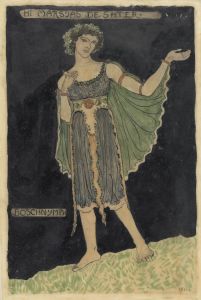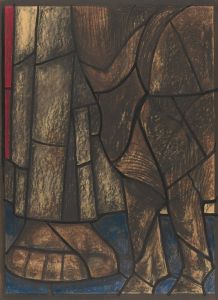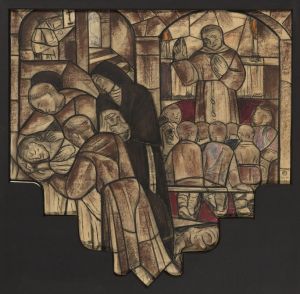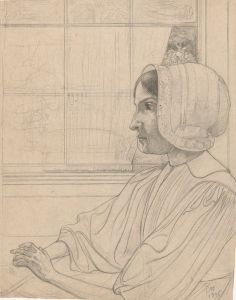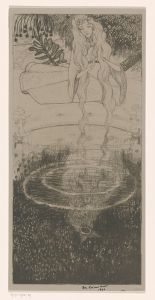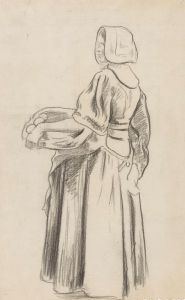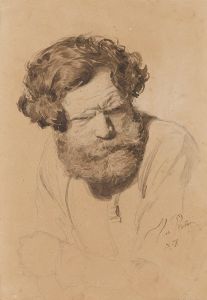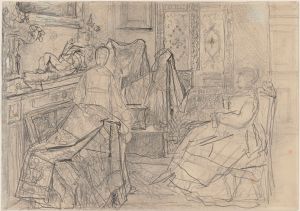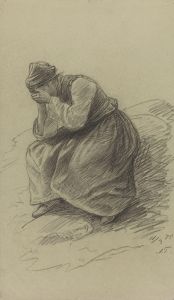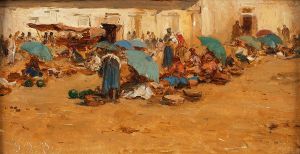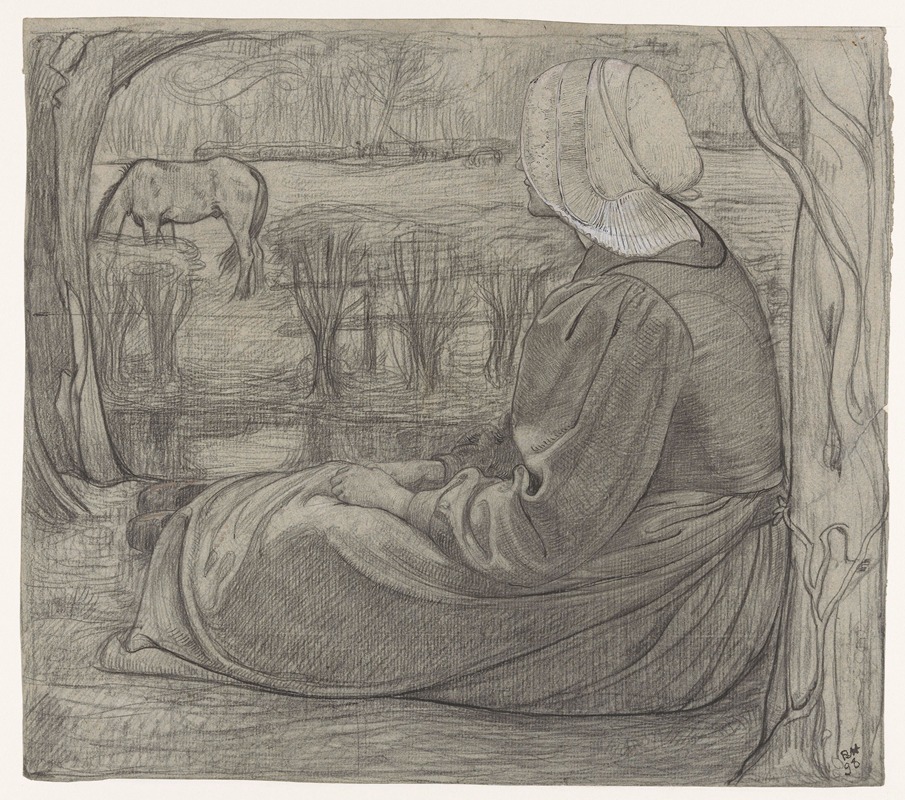
Huizer vrouw, zittend aan de waterkant
A hand-painted replica of Richard Nicolaüs Roland Holst’s masterpiece Huizer vrouw, zittend aan de waterkant, meticulously crafted by professional artists to capture the true essence of the original. Each piece is created with museum-quality canvas and rare mineral pigments, carefully painted by experienced artists with delicate brushstrokes and rich, layered colors to perfectly recreate the texture of the original artwork. Unlike machine-printed reproductions, this hand-painted version brings the painting to life, infused with the artist’s emotions and skill in every stroke. Whether for personal collection or home decoration, it instantly elevates the artistic atmosphere of any space.
"Huizer vrouw, zittend aan de waterkant" (translated as "Huizer Woman, Sitting by the Waterside") is a painting by the Dutch artist Richard Nicolaüs Roland Holst (1868–1938). Roland Holst was a prominent figure in the Dutch art scene during the late 19th and early 20th centuries, known for his work as a painter, illustrator, and designer. He was associated with the Symbolist movement and often depicted themes of rural life, spirituality, and human connection in his art.
The painting portrays a woman from the village of Huizen, located in the province of North Holland, sitting by the edge of a body of water. Huizen was historically a fishing village, and its residents were known for their traditional clothing, which often featured in artworks of the time. The subject of the painting is dressed in traditional Huizer attire, reflecting Roland Holst's interest in capturing the cultural and social identity of rural communities in the Netherlands.
Roland Holst's style in this work is characterized by a subdued color palette and a focus on the contemplative mood of the scene. The composition emphasizes the quiet, reflective nature of the woman as she sits by the water, suggesting a moment of introspection or connection with her surroundings. The artist's use of light and shadow enhances the tranquil atmosphere of the painting.
This artwork is an example of Roland Holst's broader interest in depicting the lives of ordinary people, particularly those in rural settings. His works often sought to convey a sense of timelessness and universality, drawing attention to the dignity and resilience of his subjects. While "Huizer vrouw, zittend aan de waterkant" is not among his most widely known works, it reflects his commitment to portraying the beauty and simplicity of everyday life.
The exact date of the painting's creation is not definitively documented, but it is consistent with Roland Holst's artistic output during the late 19th and early 20th centuries. The painting is part of the collection of the Singer Laren museum in the Netherlands, which houses a significant number of works by Roland Holst and other artists associated with the Dutch Symbolist and Impressionist movements.
Richard Nicolaüs Roland Holst remains an important figure in Dutch art history, and his works continue to be appreciated for their poetic and introspective qualities. "Huizer vrouw, zittend aan de waterkant" serves as a testament to his ability to capture the essence of his subjects and their environments with sensitivity and depth.





